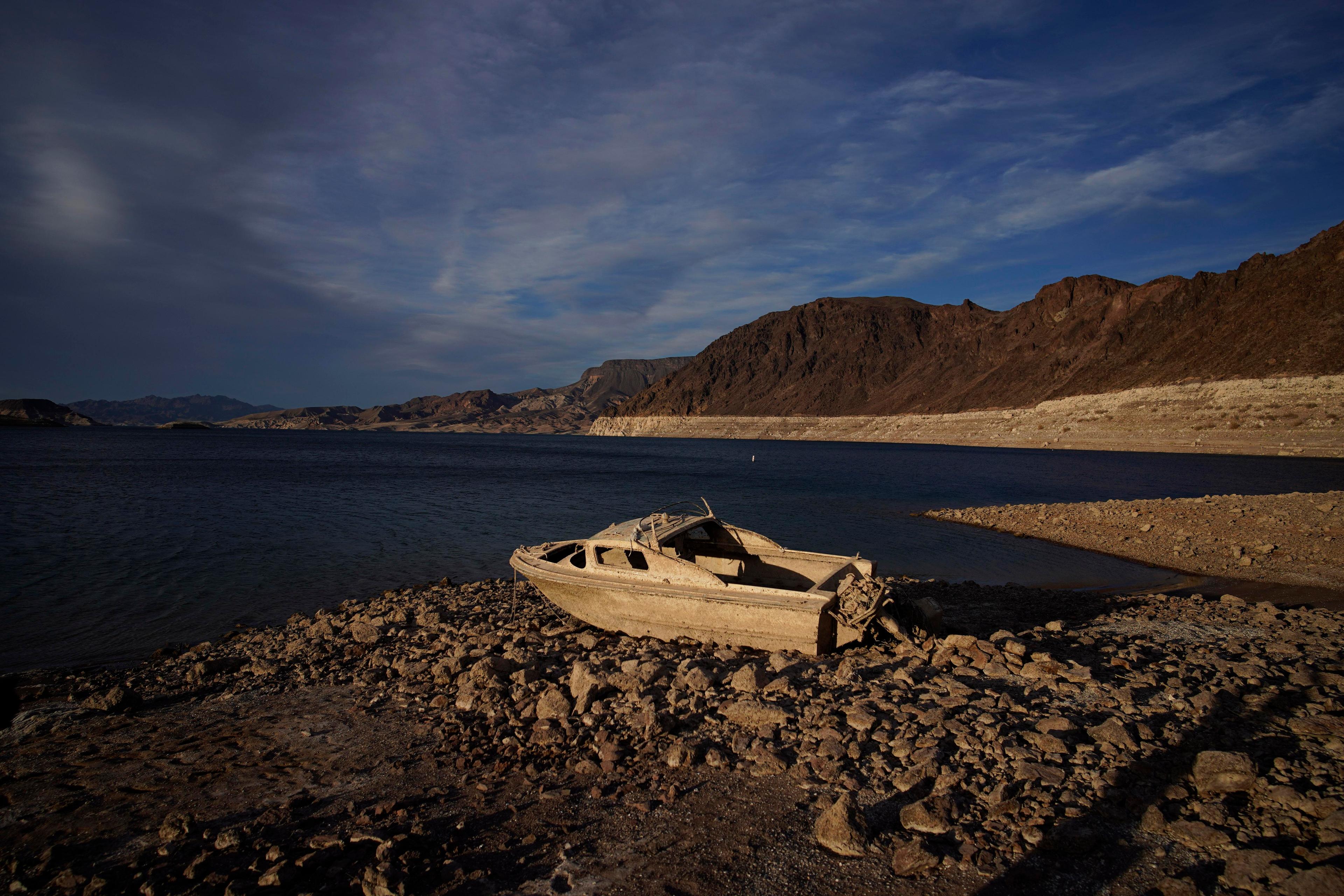
Rafael Salgado wants to know how to save half of the forest he manages as executive director of the Cal-Wood Education Center.
The Mexican native has run the camp for more than 20 years, hosting school field trips and families eager to learn about the outdoors. That also meant putting out a small wildfire every few years — but the one that sparked a year ago nearly destroyed his home and place of work.
While proactive forest thinning and savvy firefighting kept the fire away from the center’s buildings, it still covered 600 acres of forest at Cal-Wood, and more than 10,000 acres in Boulder County — the largest ever recorded there. A year later, Salgado is still unsure of what he should do to restore large swaths of forest that burned.

“I was asking some experts, ‘Where is the recipe for that? Where can I follow a recipe so that I can actually do that?’ And they told me that they don’t have one yet,” Salgado said in an interview from the Cal-Wood center.
Thanks to research happening at Cal-Wood and other burn scars in Colorado, that recipe could be on its way. Scientists with the Nature Conservancy are working to develop reforestation strategies that work for private landowners, state agencies and the U.S. Forest Service to use.
Their work could help return entire forests to a more natural state after wildfire strikes. Although formal partnerships exist for landowners to share and coordinate their reforestation efforts, each agency is still responsible for its own property.

“Completing random acts of restoration doesn’t quite help solve the problem,” said Stefan Reinold, senior forestry resource specialist for Boulder County.
The Cal-Wood center workers cut down trees in sections of the forest each year to prevent fires from spreading, Salgado said. Some areas weren’t trimmed in time, including some that belonged to another landowner, he said. The wildfire burned them to a crisp, leaving nothing but charred trees emerging from the ground.
“To me, the key to having a protected or healthy forest is to work together with the neighbors,” Salgado said.
Helping forests grow again has become increasingly urgent as climate change leads to wildfires that are burning larger and hotter. Large patches of forest are left without any surviving trees and seeds, particularly in ponderosa pine forests like Cal-Wood, said Catherine Schloegel, the watershed forest manager for the Nature Conservancy of Colorado.

To help these forests grow again, researchers are taking cues from lodgepole pine trees, whose seeds are protected and released after a fire. They are also keeping in mind the importance of fire and what healthy forests should look like.
“They should look like small islands,” Schloegel said. “When we see small islands, it’s dense, it’s clumpy, it’s irregular, it’s imperfect, and that’s a forest.”
Schloegel and Teresa Chapman, a conservation impact scientist with the Nature Conservancy, are experimenting with 30,000 seeds in different burn scars, including the Bobcat Gulch fire of 2000 and the Hayman fire of 2002.
Their latest field site is the Cal-Wood Education Center. On their hands and knees, the team observes the seeds to learn the best times for growth, and how to protect those seeds from predators and competing vegetation. So far, the team has found that the best times to reseed forests are directly after a fire when small critters have left and there are no other grasses or flowers.

But foresters are not collecting nearly enough seeds for the amount of acreage expected to burn in the future, Schloegel said. They need to collect 10 times the current amount before they can come up with a plan to restore forests.
“It’s not going to be an endless green canopy. It’s not going to look like a forest on the east coast,” Schloegel said. “This is the dry intermountain west, and our forests will probably reflect that.”
The U.S. Forest Service did not respond to multiple requests for comment for this story.

Overlooking the black mountains scarred by the fire, Salgado said he felt partly responsible for the Cal-Wood fire’s massive size and destruction.
The fire and coronavirus pandemic led Salgado to consider closing the camp, which relies on the field trips and donations for revenue. Despite the loss in income and reduction in staff, groups still come up to experience the outdoors and see the destruction left behind by the fire.
“Fires will continue to happen,” Salgado said. “I think we just need to prepare the land for the next fire.”

- A year after the East Troublesome wildfire, some residents work to rebuild homes and community while others move away for good
- Blame it on the rain: Monsoon helped Colorado avoid summer megafires — though fire season isn't over yet
- Colorado’s skies really are that much smokier as western wildfires worse
- In Colorado, Biden talks wildfires, floods and the need for urgent action on climate change









